What are the differences between water-based coatings and solvent based coatings
1、 Anti graffiti additives used in water-based paint

2、 What are the differences between water-based coatings and solvent based coatings
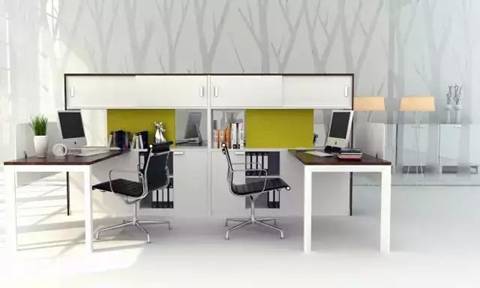
1. Difference of paint system
2. Different coating construction requirements
3. Different decorative properties of film after film formation
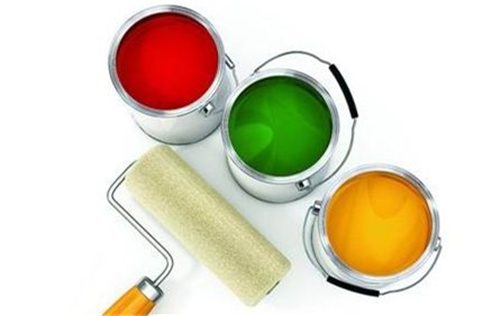
4. Storage and transportation
5. Functional transcendence

6. Differences in safety and environmental protection
3、 Related concepts
Graffiti
Extended Reading
-
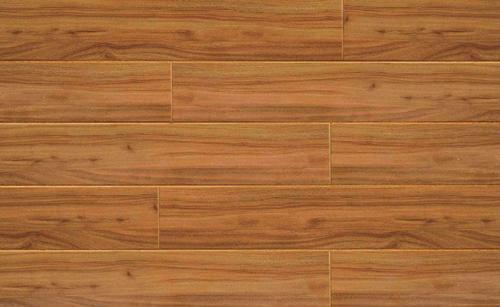
What are the types of water-based wood coatings? What are the types of water-based wood coatings? Although there are many brands of water-based wood paint in the current market, there are different classifications according to the different main components. What are the types of water-based wood paint? Types of water-based wood paint 1. The water-based wood paint with acrylic acid as the main component is characterized by good adhesion, which will not deepen the color of the wood, but poor wear resistance and chemical resistance, soft film hardness, pencil rule HB, poor fullness, general comprehensive performance, and easy to produce defects in construction. Because of its low cost and low technical content, it is the main product of most water-based paint enterprises to the market. This is also the reason why most people think that water-based paint is not good. Its advantage is cheap. 2. The water-based wood paint, which is mainly composed of the synthesis of propylene and polyurethane, not only inherits the characteristics of acrylic paint, but also has the characteristics of strong abrasion resistance and chemical resistance. Some enterprises mark it as water-based polyester paint. The film hardness is good, the pencil rule is 1H, the fullness is good, and the comprehensive performance is close to that of oil paint. As of 2018, only a few domestic enterprises can produce. 3. The polyurethane waterborne paint has superior comprehensive performance, high fullness, film hardness of 1.5-2H, abrasion resistance even better than that of oil paint, and obvious advantages in service life and color blending. It is a senior product in waterborne paint. 4. For pseudo water-based paints, curing agents or chemicals, such as "hardener", "film enhancer", "special diluent", etc., should be added when using. Some can also be diluted with water, but the solvent content is very high, which is more harmful to human health, and some even exceed the toxicity of oily paints. Some enterprises label water-based polyester paint. Consumers can easily distinguish them. label: Wood lacquer -
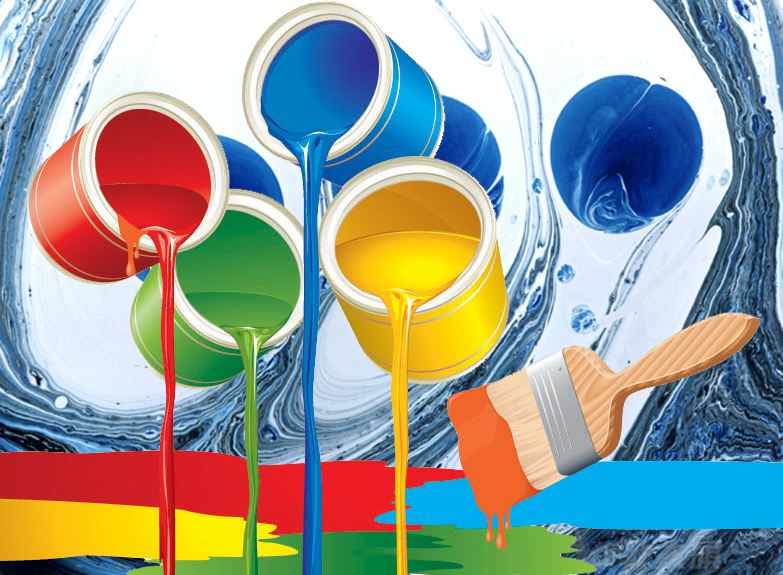
What are the application methods of water-based paint? What are the application methods of water-based paint? At present, there are many kinds of paints on the market, including water-based paint. Many people will have many doubts when buying water-based paint, because water-based paint does not contain organic solvents, and it uses water as the diluent. What are the application methods of water-based paint? Use method of water-based paint 1. If the humidity is greater than 80%, it is not suitable for construction, because the paint film is prone to whitening and other problems. 2. Clean the floating dust regularly, and then keep the wood surface neat and stable. 3. If the temperature is appropriate, know the temperature well. If the temperature drops below 5 ℃, the drying time of the paint will be prolonged, and the paint cannot be exposed to direct sunlight. 4. Painting procedure When painting, pay attention to the impact on the wall emulsion paint. Generally, paint the wall first, and then paint after the completion of water-based paint construction. 5. The wood quality construction shall know the wood material, and the hardwood can be painted directly. For ordinary wood, the transparent putty shall be used as the substrate before painting. 6. The coating shall be thin rather than thick. During multi-layer coating construction, each coat shall be applied after the lower layer is completely dry, and each coat shall be polished. 7. The timely construction shall be well proportioned, and then mixed evenly. The air bubbles caused by mixing shall be discharged before use. The paint shall be used up within 4 hours after the proportioning is good. 8. Pay attention to safety when painting, because paint is flammable. label: Waterborne paint -
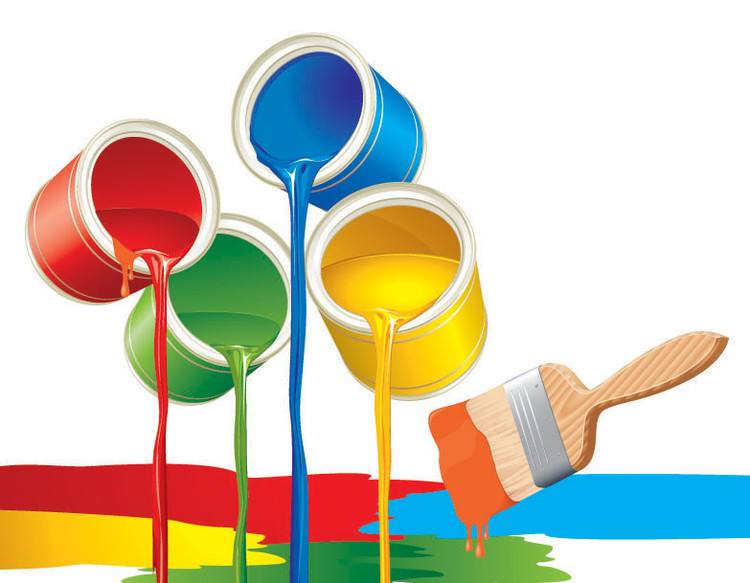
What are the steps in the construction process of water-based paint? Construction process of water-based paint? Nowadays, in the process of home decoration construction, people often use water-based wood paint. As a kind of environment-friendly paint with water as diluent, its characteristics of low pollution and low harm are gradually favored by more and more owners. The construction of water-based paint is also very important. What are the steps in the construction process of water-based paint? Waterborne paint construction process 1. Base material treatment: the moisture content of wood base material shall not be higher than 12%. If there is a sense of moisture when touching with hands, construction is not allowed. The base material shall be kept clean and flat, and the surface shall be free of oil stain, glue and other impurities. If there is any stain, it shall be removed in time. 2. Putty scraping: during construction, putty shall be applied from top to bottom, from left to right. Generally, it shall be applied twice. Each time, it shall not be too thick, and it shall be kept as flat as possible without leaving traces, so as not to affect subsequent construction. 3. Brush primer: when using the primer, add 5%~10% water to dilute it, and mix it evenly. The primer needs to be painted three times, with an interval of 2-3 hours between each process. After drying, use 400 # sandpaper to polish. 4. Brush finish paint: when using the finish paint, add 5%~10% water to dilute it, and mix it evenly. Generally, the finishing coat shall be painted twice, and the interval between each process shall be 2-3 hours. After drying, it shall be polished with 800 # sandpaper. 5. If the oily primer has been applied before the water-based wood paint is applied, it can be polished with 400 # sandpaper before the water-based wood paint is applied, so as to increase the surface adhesion. 6. When applying wood primer, the relatively rough substrate shall be polished with 360-400 # sandpaper first, and the primer can be applied only after the grinding dust is removed; The dust that has entered the wood grain can be removed with a brush or wet towel. label: Waterborne paint -
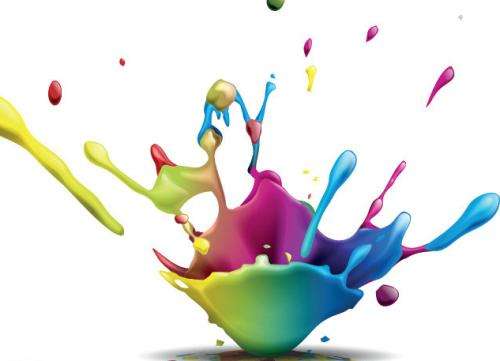
What are the precautions for water-based paint construction? What are the precautions for water-based paint construction? The construction of water-based paint needs to add clean water by oneself, so the technical difficulty required is relatively large, and it depends very much on the operating experience of the constructor. It is particularly important to master its construction technology and operate in strict accordance with the specifications. What are the precautions for water-based paint construction? Precautions for water-based paint construction 1. The construction conditions of water-based wood paint are: temperature 10 ℃ – 30 ℃, relative humidity 50% – 80% (preferably 25 ℃, humidity ≤ 70%). If the construction conditions cannot be met, small area tests shall be carried out first to avoid construction defects. 2. The temperature of water-based wood paint shall be consistent with that of the surface to be painted. It is not allowed to paint on wood with low temperature. Although the water-based wood paint can be applied and dried in the sun, it should be avoided to paint on the hot surface. The properties of the two are different. 3. When painting on the vertical surface, add 5% – 10% clean water in the paint solution for dilution, and then paint by spraying or brushing. The coating should not be too thick, and the amount of paint dipped should be small to prevent sagging. 4. If the paint liquid is too thick during construction, it can be properly mixed with clean water for commissioning, and the amount of water added depends on the situation. 5. The number of construction times depends on the required quality and effect, and usually 3-4 times can achieve good results. 6. Before painting, the compatibility of the used water paint with the primer or colorant must be confirmed. 7. Although the surface of water-based wood paint dries quickly, it takes a long time for all the moisture in the paint film to escape. Generally, it can reach the best state after 7 days of drying. label: Waterborne paint -
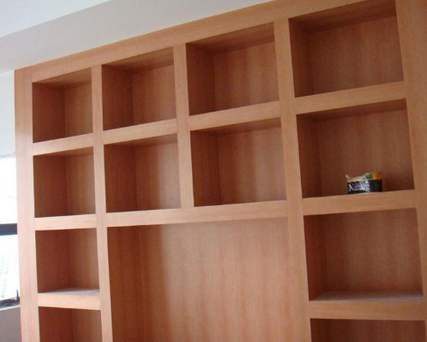
What are the construction processes of water-based furniture paint What are the construction processes of water-based furniture paint? Due to the characteristics of water, water-based wood coatings can only be applied under certain environmental temperature conditions. The ambient temperature includes workpiece surface temperature, air temperature and paint temperature. What are the construction processes of water-based furniture paint? Construction process of water-based furniture paint I, white paint process of wood products with veneered panels 1, mobilization of plates: ① base treatment. ② Painting primer: wood sealing primer shall be diluted with 20-30% water and painted once. 2. Finished woodwork: ① seam repair: use putty to repair nail holes; Use a blade to cut a 1mm deep V-shaped groove at the corner joints, and then repair the joints. After drying, use sandpaper to polish it flat, and wipe it with a dry towel. ② Surface plastering: scrape Dufang special water mixed paint putty, scrape 2-3 times for leveling, the thinner the putty is, the better, and thoroughly polish it after drying. ③ White paint primer. ④ White paint finish. 2、 White paint process of wood block board not pasted with panel 1. Plate mobilization: ① Base treatment ② Apply primer. 2. Finished woodwork: ① joint repair. ② Surface scraping. ③ White paint primer: spray or brush wood color paint primer for 2-3 times, with 20-30% water content, polish and level with sandpaper and multi-functional sandpaper before each coat, and the recoating time is 4-6 hours. ④ White paint finish: after the primer dries, use sandpaper and multi-functional sanding to polish and smooth, white paint finish is sprayed for 3-4 times, and the amount of water added is 5-10%. After each coat of finish paint is sprayed and dried, use sandpaper and multi-functional sanding to gently grind and remove dust, and the recoating time is 4-6 hours. 3、 Surface coloring paint (surface color trimming) construction process 1. Plate mobilization: ① base treatment. ② Apply primer. 2. Woodwork finished products: (1) Before coloring the surface, it is necessary to prepare nail hole putty of similar color to the panel to repair the nail holes and joints, and thoroughly polish after drying. (The color paste and wood varnish shall be mixed at 15%, and a bucket of PU wood varnish shall be mixed with 37-40ml color paste and mixed evenly) (2) Directly spray the prepared Dufang PU wood transparent color paint for 2-3 times, with an interval of 4-6 hours. Note: The color will become darker and irreversible after one more coat of transparent paint is sprayed. (3) Construction of Dufang PU wood transparent varnish ① Open process: apply Dufang PU wood varnish 2-3 times. ② Saturated process, brush or spray three to four times of Dufang PU wood varnish. label: Furniture paint -
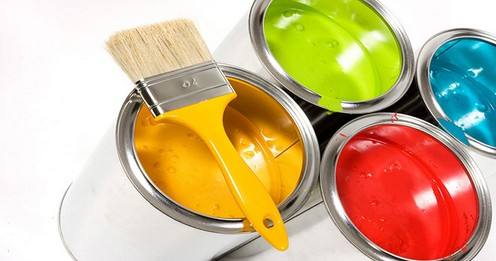
How about the performance of water-based paint? What are the disadvantages? How about the performance of water-based paint? With the pressure of environmental protection policies, consumers' awareness of environmental protection continues to improve; In particular, provinces and cities across the country have issued VOC emission limit standards, encouraging the use of non solvent paints, water-based paints and other environmental friendly coatings, which has brought opportunities for development. How about the performance of water-based paint? What are the disadvantages? Performance of water-based paint (1) Poor pigment dispersion. Waterborne paint belongs to polymer dispersion system, and pigment dispersion is not very good, so measures must be taken to improve it. (2) The stability of dispersed particles is poor. Dissolved molecules are stable to shear force, heat, pH, etc., while dispersed particles are unstable, so stability measures should be taken for the dispersion system. Dispersed particles will be damaged after being subjected to shear force, so it is necessary to consider avoiding the role of shear force in the process of manufacturing and transporting water-based paint. Dispersed particles are very sensitive to pH value, and acid particles will be formed when acid substances are mixed into the paint, thus causing gelation and destruction of water-based paint. In addition, dispersed particles of water-based paint will also be damaged after freezing during transportation. (3) High surface tension. The surface tension of water is large (see Table 2), so the surface tension of water-based paint is also large. Management should be strengthened during the construction process, otherwise the following defects and film defects are likely to occur during coating: a. easy sagging; b. Poor flattening; c. It is easy to produce shrinkage cavity and pinhole; d. It is not easy to stretch into the small cracks on the surface of the coated object. (4) The evaporation heat and heat capacity are high and are greatly affected by temperature and humidity. The high evaporation heat and heat capacity of water (see Table 2) slow the evaporation of water in water-based paint. 50% of the total amount of solvent in solvent based paint evaporates during spray atomization, while only 25% for water-based paint. Slow evaporation of water is easy to cause sagging during painting, and makes painting efficiency worse. Therefore, an intermediate heating zone is required to volatilize water from the water-based primer coating. Before spraying varnish, 90% of water must be removed from the water-based primer coating (to prevent boiling water from volatilizing through the varnish during final baking) to obtain the best paint film appearance, so as to prevent the water-based primer from being re dissolved by the varnish. The evaporation rate of water is closely related to the relative humidity. When the relative humidity is high, the evaporation rate of water is very low. Therefore, the relative humidity and temperature of the spray booth must be controlled within a certain range to ensure that an appropriate amount of water is volatilized during the spray atomization process, and that water and organic solvents are properly balanced in the film. This proper balance is very important, which can make the paint have proper surface tension to wet the sprayed surface (see Table 2). (5) Good conductivity. The dielectric constant of water is large (see Table 2), so the conductivity of water-based paint is good. Generally, the resistance of water-based paint is less than 0.1M Ω), while solvent based paint has a certain resistance: 0.5~20M Ω. Waterborne paint has good conductivity, and there are special requirements when electrostatic spraying is used. (6) High corrosivity. The water-based paint contains a lot of water, so it is corrosive to containers, transmission pipelines, paint booth and other parts vulnerable to moisture. Stainless steel or plastic products are required. (7) Rheological behavior. When the viscosity of fluid decreases with the increase of shear rate, it is called pseudoplastic fluid. The rheological behavior of pseudoplastic fluid is related to its rheological path, that is, it is time dependent, so it is called thixotropic fluid. Based on the characteristics of water-based paint, the viscosity value measured by flow cup does not have reproducibility, and the complete rheological curve of data points including low shear rate and high shear rate measured by rotary viscometer can give the complete characteristics of rheological behavior of water-based paint. Disadvantages of water-based paint 1. The water-based paint has high requirements on the cleanliness of the surface during construction and materials. Because of the large surface tension of water, dirt is easy to cause shrinkage of the film; 2. The dispersion stability of water-based coatings against strong mechanical forces is poor. When the flow rate in the transmission pipeline changes sharply, the dispersed particles are compressed into solid particles, causing pockmarks in the film. The conveying pipeline shall be in good shape and the pipe wall shall be free from defects. 3. Waterborne coatings are highly corrosive to coating equipment, so anti-corrosion lining or stainless steel materials are required, and the equipment cost is high. The corrosion of water-based coating on the transmission pipeline and the dissolution of metal cause the precipitation of dispersed particles and the pitting of the coating film. Stainless steel pipes are also required. 4. Baking water-based coating has strict requirements on construction environmental conditions (temperature and humidity), which increases the input of temperature and humidity regulating equipment and energy consumption. 5. The evaporation latent heat of water is large, and the baking energy consumption is large. Cathodic electrophoretic coating shall be baked at 180 ℃; However, the time for latex coating to completely dry is very long. 6. Organic cosolvent with high boiling point will produce a lot of oil smoke during baking, which will drop on the surface of the film after condensation and affect the appearance. label: Waterborne paint -

What are the advantages of water-based paint? How about the effect? What are the advantages of water-based paint? Waterborne paint is now the choice of many home decoration. Waterborne paint is harmless to human body, does not pollute the environment, and the paint film is plump, which is favored by many users. What are the advantages of water-based paint? How about the effect? Advantages of water-based paint: 1. Use water as solvent to save a lot of resources; Eliminate the fire hazard during construction; Reduce air pollution; Only a small amount of alcohol ether organic solvents with low toxicity are used to improve the working environment. Generally, the organic solvent of water-based coatings (accounting for coatings) is between 5% and 15%, while cathodic electrophoretic coatings have been reduced to below 1.2%, which has a significant effect on reducing pollution and saving resources. 2. Waterborne coatings can be applied directly on wet surfaces and in wet environments; Good adaptability to material surface and strong adhesion of coating. 3. Coating tools can be cleaned with water, greatly reducing the consumption of cleaning solvent and effectively reducing the damage to construction personnel. 4. The electrophoretic coating is even and flat. Good flattening performance; The inner cavity, weld, edges and corners can be coated with a certain thickness of film, which has good protection; The electrophoretic coating has the best corrosion resistance, and the salt spray resistance of thick film cathodic electrophoretic coating can be up to 1200h. How to distinguish true and false water-based paint 1. The main agent and curing agent of the real two-component water-based paint are basically odorless or only slightly odorous after opening the can; 2. The real two-component water-based paint is diluted with clean tap water. If special diluent or alcohol is needed to dilute it, it must not be; 3. The two-component water-based paint also belongs to non hazardous chemicals, while the fake two-component paint is often flammable dangerous goods; 4. Look at the environmental protection index: whether it contains benzene, heavy metals, high VOC and other toxic substances. label: Waterborne paint -

Is the performance of water-based paint good? Is it corrosive? Is the performance of water-based paint good? Everyone knows something about water-based paint, especially those who have decorated or are in the process of decoration. Now water-based paint has become the choice of many users. Is the performance of water-based paint good? Is it corrosive? Is the performance of water-based paint good? (1) Poor dispersion of pigments. Waterborne paint belongs to polymer dispersion system, and pigment dispersion is not very good, so measures must be taken to improve it. (2) The stability of dispersed particles is poor. Dissolved molecules are stable to shear force, heat, pH, etc., while dispersed particles are unstable, so stability measures should be taken for the dispersion system. Dispersed particles will be damaged after being subjected to shear force, so it is necessary to consider avoiding the role of shear force in the process of manufacturing and transporting water-based paint. Dispersed particles are very sensitive to pH value, and acid particles will be formed when acid substances are mixed into the paint, thus causing gelation and destruction of water-based paint. In addition, dispersed particles of water-based paint will also be damaged after freezing during transportation. (3) High surface tension. The surface tension of water is large (see Table 2), so the surface tension of water-based paint is also large. Management should be strengthened during the construction process, otherwise the following defects and film defects are likely to occur during coating: a. easy sagging; b. Poor flattening; c. It is easy to produce shrinkage cavity and pinhole; d. It is not easy to stretch into the small cracks on the surface of the coated object. (4) The evaporation heat and heat capacity are high and are greatly affected by temperature and humidity. The high evaporation heat and heat capacity of water (see Table 2) slow the evaporation of water in water-based paint. 50% of the total amount of solvent in solvent based paint evaporates during spray atomization, while only 25% for water-based paint. Slow evaporation of water is easy to cause sagging during painting, and makes painting efficiency worse. Therefore, an intermediate heating zone is required to volatilize water from the water-based primer coating. Before spraying varnish, 90% of water must be removed from the water-based primer coating (to prevent boiling water from volatilizing through the varnish during final baking) to obtain the best paint film appearance, so as to prevent the water-based primer from being re dissolved by the varnish. The evaporation rate of water is closely related to the relative humidity. When the relative humidity is high, the evaporation rate of water is very low. Therefore, the relative humidity and temperature of the spray booth must be controlled within a certain range to ensure that an appropriate amount of water is volatilized during the spray atomization process, and that water and organic solvents are properly balanced in the film. This proper balance is very important, which can make the paint have proper surface tension to wet the sprayed surface (see Table 2). (5) Good conductivity. The dielectric constant of water is large (see Table 2), so the conductivity of water-based paint is good. Generally, the resistance of water-based paint is less than 0.1M Ω), while solvent based paint has a certain resistance: 0.5~20M Ω. Waterborne paint has good conductivity, and there are special requirements when electrostatic spraying is used. (6) High corrosivity. The water-based paint contains a lot of water, so it is corrosive to containers, transmission pipelines, paint booth and other parts vulnerable to moisture. Stainless steel or plastic products are required. (7) Rheological behavior. When the viscosity of fluid decreases with the increase of shear rate, it is called pseudoplastic fluid. The rheological behavior of pseudoplastic fluid is related to its rheological path, that is, it is time dependent, so it is called thixotropic fluid. Based on the characteristics of water-based paint, the viscosity value measured by flow cup does not have reproducibility, and the complete rheological curve of data points including low shear rate and high shear rate measured by rotary viscometer can give the complete characteristics of rheological behavior of water-based paint. label: Waterborne paint -
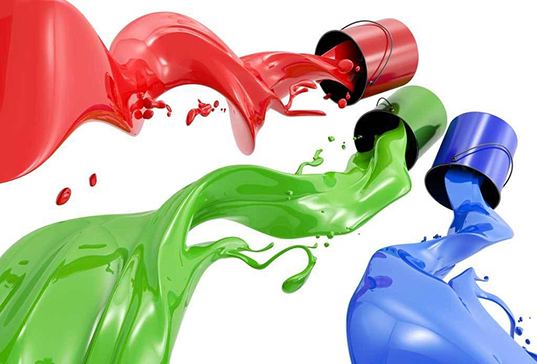
What are the advantages and disadvantages of water-based paint? What are the advantages and disadvantages of water-based paint? Few people know the difference between paint and water-based paint. They think it is paint, but the original is not. The distance between the two is still large. The environmental protection of water-based paint is much stronger than that of paint. What are the advantages and disadvantages of water-based paint? Advantages and disadvantages of water-based paint 1. The water-based paint uses water as the solvent, which saves a lot of capital and greatly reduces the fire risk during construction; The pollution of the air has also been greatly reduced. A few low toxic alcohol ether organic solvents were selected to improve the environmental conditions of the operation. 2. The water-based paint requires a high degree of cleanliness during construction and the appearance of raw materials. If the cleaning is not very clean, the role of water-based paint will also be greatly affected. 3. The coating of water-based paint can be cleaned with water, thus saving the consumption of washing solvent. Is it very economical? In the end, the water-based paint has a particularly good adaptability to the appearance of raw materials, and the adhesion of the coating is very strong. 4. Waterborne coatings are highly corrosive to coating equipment, so anti-corrosion fabrics or stainless steel materials are required, and the equipment cost is high. The corrosion of water-based paint on the delivery pipeline, the metal dissolution, so that loose particles can be separated, and the coating film has pitting, stainless steel pipe is also required. 5. The electrophoretic coating is even and flat. Good flattening performance; The inner cavity, weld, edge and edge can be coated with a certain thickness of film, which has good protection; The electrophoretic coating has good corrosion resistance, and the salt spray resistance of thick film cathode is 1200 h higher than that of electrophoretic coating. label: Waterborne paint -

What are the differences between water-based paint and paint? What are the differences between water-based paint and paint? Waterborne paint is one of the paints. It uses water as the diluent and does not contain organic solvents. It has many characteristics such as plump film, water resistance, aging resistance, convenient use, etc., and is harmless to human body and will not pollute the environment. What are the differences between water-based paint and paint? What is the difference between paint and water-based paint? 1. Hardness From the hardness of the paint, water-based paint is mainly made by advanced technologies such as water-based acrylic acid or waterborne polyurethane, so the hardness is very high. The hardness of the paint is poor, and it is easy to fall off when applied on the surface of objects. 2. The surface brushed with wear-resistant, yellowing resistant and durable water-based paint is hard, wear-resistant and flexible, and will not turn yellow after long-term use. However, paint is not as wear-resistant as water-based paint, and its maintenance effect is not so good. 3. There are also differences in hand feel between water-based paint and paint in terms of fullness, because water-based paint is made by hand wax technology, which is very plump and comfortable to the touch; The paint is not as comfortable as water-based paint. 4. Construction cost Waterborne paint can be directly applied during construction, and the paint can only be applied after polishing the old paint, so the paint construction cost is higher. After the water-based paint is used up, the remaining paint can be stored and used again, and the paint must be used up at one time, or it will be wasted. 5. The environmentally friendly water-based paint uses water as the diluting solvent, with low VOC content, non-toxic, and obviously good environmental performance. The paint products not only have pungent odor, but also contain benzene, toluene and other harmful substances, which are relatively toxic, and will affect people's health when used in decoration. Advantages of water-based paint: 1. Use water as solvent to save a lot of resources; Eliminate the fire hazard during construction; Reduce air pollution; Only a small amount of alcohol ether organic solvents with low toxicity are used to improve the working environment. Generally, the organic solvent of water-based coatings (accounting for coatings) is between 5% and 15%, while cathodic electrophoretic coatings have been reduced to below 1.2%, which has a significant effect on reducing pollution and saving resources. 2. Waterborne coatings can be applied directly on wet surfaces and in wet environments; Good adaptability to material surface and strong adhesion of coating. 3. Coating tools can be cleaned with water, greatly reducing the consumption of cleaning solvent and effectively reducing the damage to construction personnel. 4. The electrophoretic coating is even and flat. Good flattening performance; The inner cavity, weld, edges and corners can be coated with a certain thickness of film, which has good protection; The electrophoretic coating has the best corrosion resistance, and the salt spray resistance of thick film cathodic electrophoretic coating can be up to 1200h. label: Waterborne paint
Waterproof material agent
-
10 minutes ago Mr. Zhao from Zhejiang Province has consulted on joining -
18 minutes ago Mr. Zhou of Henan obtained the joining materials -
38 minutes ago Mr. Wang of Guangdong has consulted on joining -
56 minutes ago Ms. Xie from Guangdong Province consulted on joining -
58 minutes ago Mr. Yu of Zhejiang obtained the joining materials -
1 hour ago Mr. Ni from Jiangsu Province consulted on joining -
1 hour ago Mr. Du from Zhejiang Province has consulted on joining -
1 hour ago Mr. Huang from Guangdong Province consulted on joining
Submitted successfully
-
Hot News -
Selected information
-
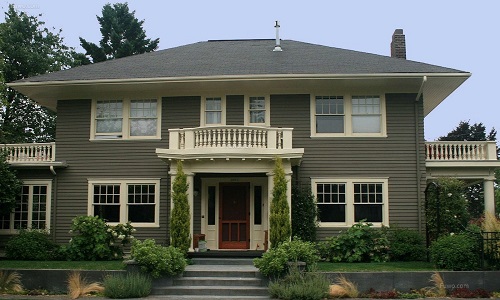
Exterior wall paint color effect picture Exterior wall color panorama picture appreciation -
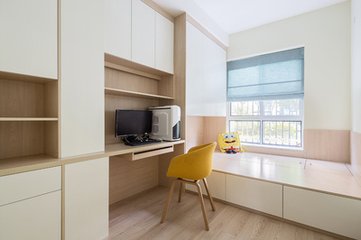
Is there anything fishy about the 19800 yuan Oupai? Is the European Pie 19800 Package a Trap? -

It is not recommended to decorate the house with wall cloth? What's the reason? -
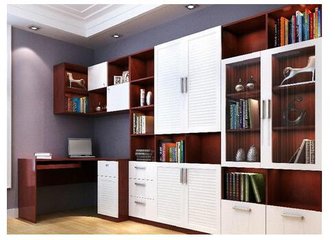
Opaicn and European school are not the same. The difference between Opaicn and European school -
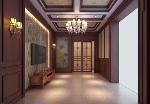
When is the bamboo wood fiber integrated wall fraud? Learn more to avoid being cheated
-
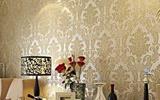
Cool wallpapers are lifelike but nobody cares? Insiders tell you the two "original sins" of liquid wallpaper - Songyu liquid wallpaper effect picture -
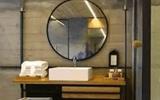
Why does the hotel use transparent glass as the partition of the bathroom- partition -

How to use the disinfection cabinet correctly? -
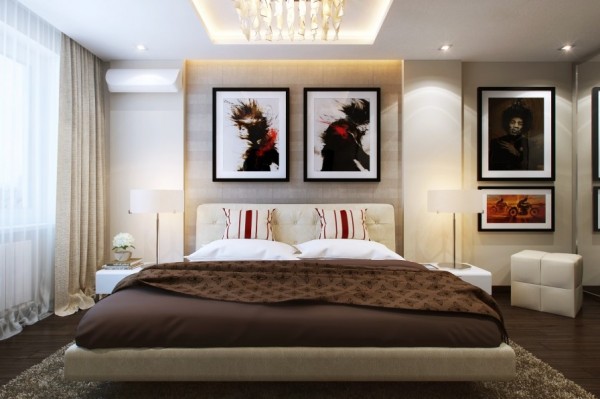
Wall decoration Interior wall decoration materials -

What is the price of varnish? What is a kilogram of varnish
Ten related brands
-
Top 10 brands of doors and windows -
Top ten brands of aluminum alloy doors and windows -
Top 10 brands of customized home -
Top 10 brands of plate -
Top 10 paint and coating brands -
Top ten brands of waterproof materials -
Top 10 brands of smart lock -
Top 10 brands of kitchen appliances -
Top 10 brands of integrated stoves -
Top 10 brands of clothes hanger -
Top 10 brands of integrated ceiling -
Top 10 integrated wall brands -
Ten major brands of diatom mud -
Top 10 ceramic brands -
Top 10 bathroom brands
